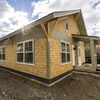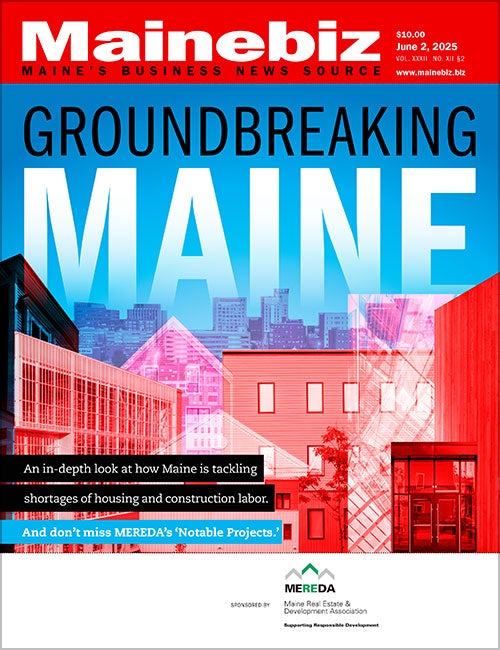
In parts of rural Maine, housing crisis is ‘not a single-issue challenge'
 Photo / Courtesy Eastern Maine Development Corp.
The Penobscot County town of Lincoln is working to balance rising housing costs with infrastructure upgrades.
Photo / Courtesy Eastern Maine Development Corp.
The Penobscot County town of Lincoln is working to balance rising housing costs with infrastructure upgrades.
Across Greenville, Lincoln and Old Town — and indeed throughout Piscataquis and Penobscot counties — the housing crisis is not a single-issue challenge, but a constellation of interrelated barriers, according to a recent report.
Eastern Maine Development Corp. released a housing roadmap for the three communities that addresses urgent housing challenges with the aim of preparing them for potential growth.
“Our region is experiencing a housing shortage that threatens economic development, workforce retention and quality of life,” said Hope Eye, a senior regional planner and community impact specialist at EMDC who wrote the report
The barriers include aging and under-maintained housing stock, restrictive zoning, seasonal pressures in tourism-oriented communities, insufficient infrastructure in rural areas and financing gaps for residents and developers.

The goal of the roadmap is to offer local solutions tailored to each community’s strengths and challenges, from zoning updates to regional partnerships, and investment opportunities.
Challenges common across the communities include aging and under-maintained housing stock, restrictive zoning and large requirements, seasonal pressures in tourism-oriented communities, insufficient infrastructure in rural areas and financing gaps for residents and developers.
Distinct challenges
The roadmap identifies critical housing needs and outlines practical steps for increasing the availability of safe, affordable and workforce-ready homes.
Each community faces distinct challenges, the report says.
- Greenville contends with seasonal housing pressures and a declining year-round population.
- Lincoln is working to balance rising costs with infrastructure upgrades.
- Old Town is leveraging policy reforms and available land to meet demand.
Each one also has overlapping issues that extend to the region, state and country.
Shared strategies
There are a number of potential strategies common across the three communities.
The roadmap proposes looking into subsidies and grants for the renovation and adaptive reuse of aging and abandoned housing stock. There could be expanded affordable-housing overlays and reduced minimum lot sizes, and parking minimums could be eliminated.
Rural infrastructure gaps might be addressed through cluster and conservation subdivisions and the prioritization of water, sewer and broadband expansion.
Public-private partnerships, modular designs and local housing funds might help with the development of workforce housing.
Additional recommendations for Old Town include encouraging transit-oriented housing through measures such as improving pedestrian and transit infrastructure, making the area attractive to students, young professionals and families.
Limitations
The report said the evaluation was limited by the lack of up-to-date data. The information used predated late-2024 and early 2025 market shifts.
“There have been rapid market changes that this evaluation has not been able to account for,” Eye wrote.
If the study is repeated, she wrote, it should incorporate real-time building-permit data and monthly Maine Listing Service listings so that emerging trends can be detected as they unfold, rather than a year or more later.
Although community-engagement meetings were held that attracted dozens of participants at each, there should be greater and stratified random sampling, making sure that renters, seasonal workers low-income households and non-English speakers have a seat at the table.
“Focus groups with service-industry employees, for example, would reveal the true cost burdens those workers face, and interviews with tribal communities could surface culturally specific housing preferences that our general survey missed,” Eye wrote.
Continued work
Eastern Maine Development Corp. is a nonprofit that fosters public-private partnerships and leverages resources to help communities, businesses and individuals reach long-term goals and achieve prosperity.
Its regional planning commission will continue working with each town to support ordinance updates, engage potential developers and track progress on housing production and preservation.
Development of the roadmap was supported by the Maine Department of Economic and Community Development's Housing Opportunity Program, along with municipal leaders, residents, developers and regional stakeholders.
For more information, click here.














0 Comments